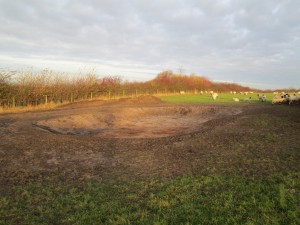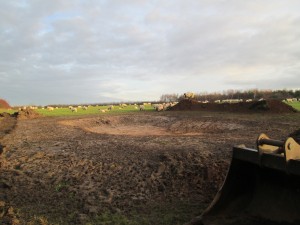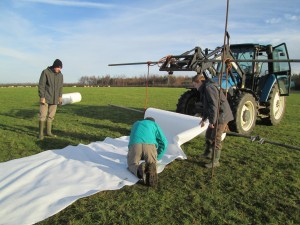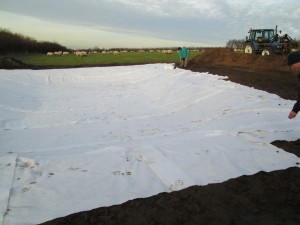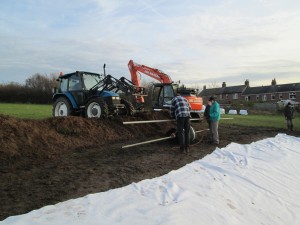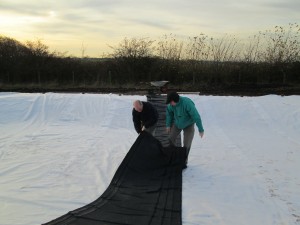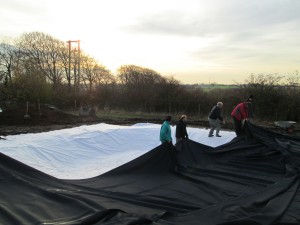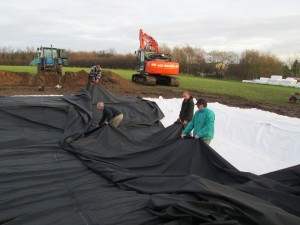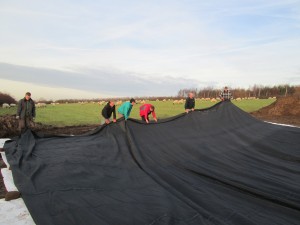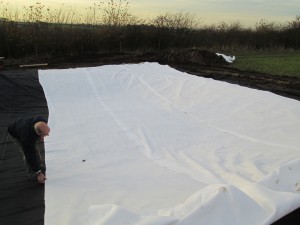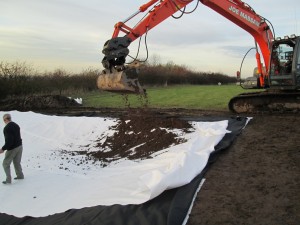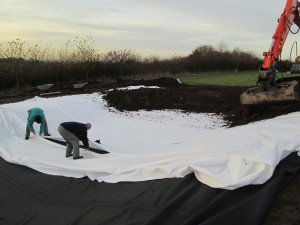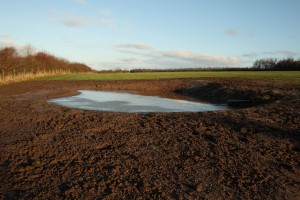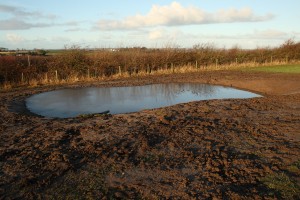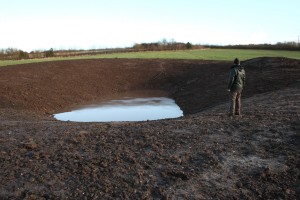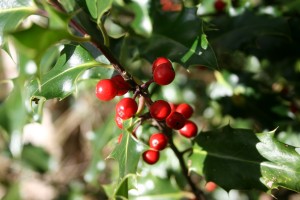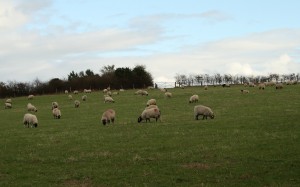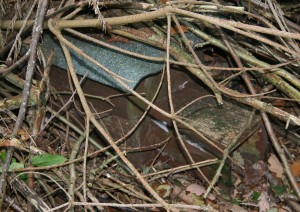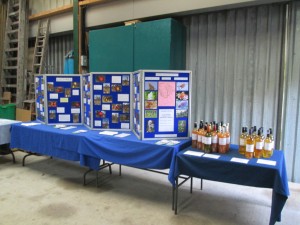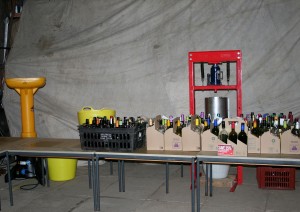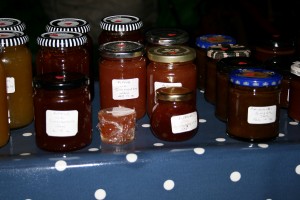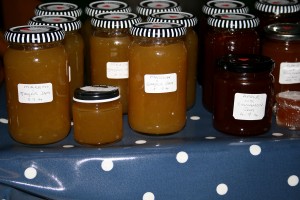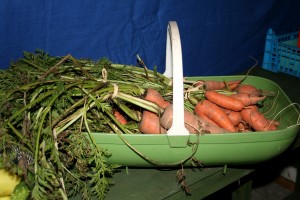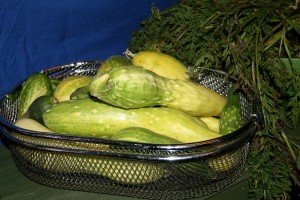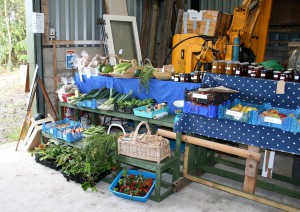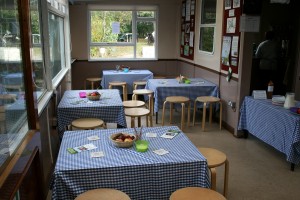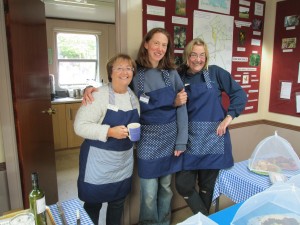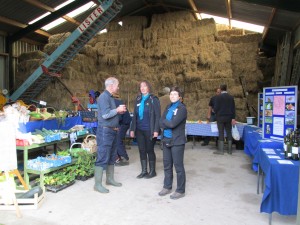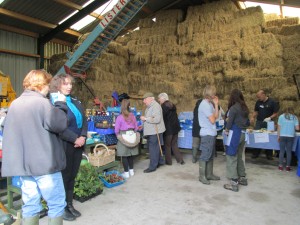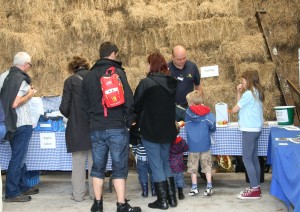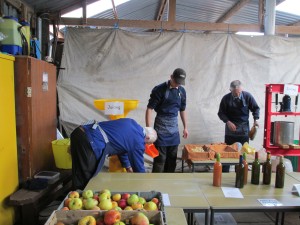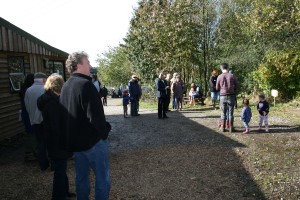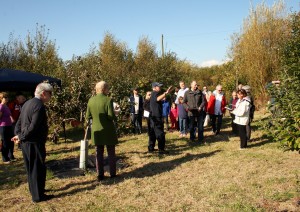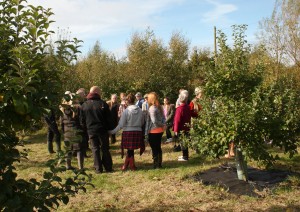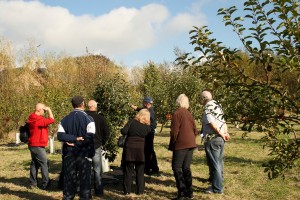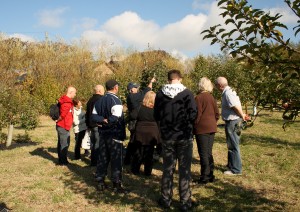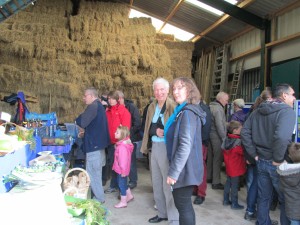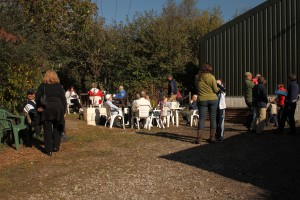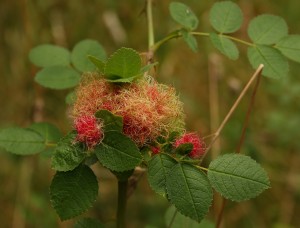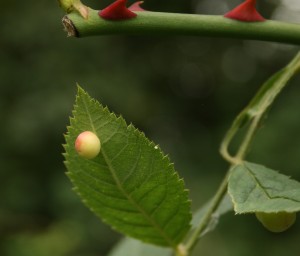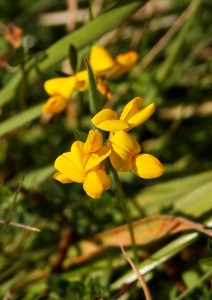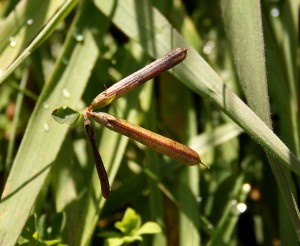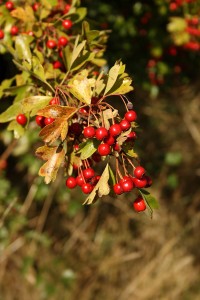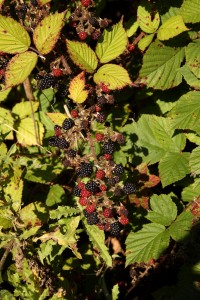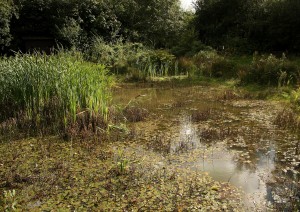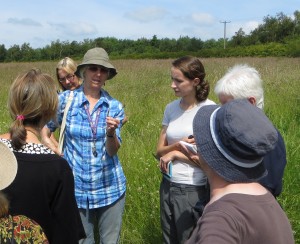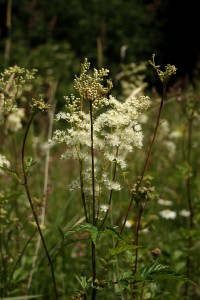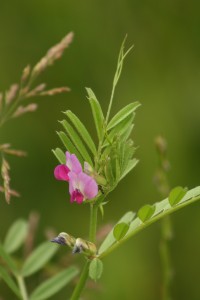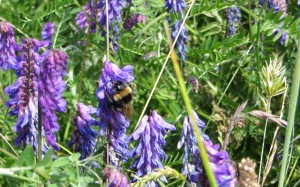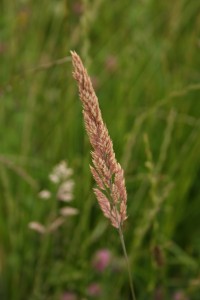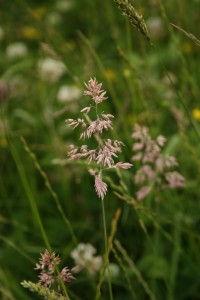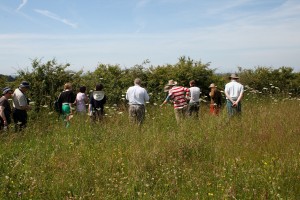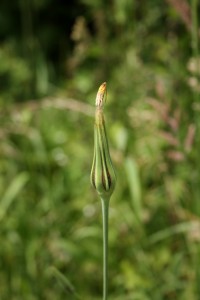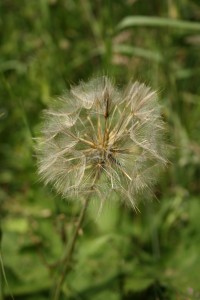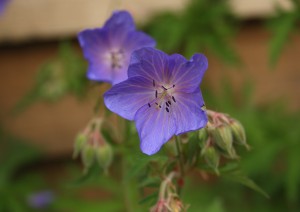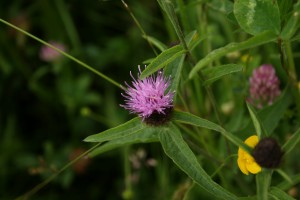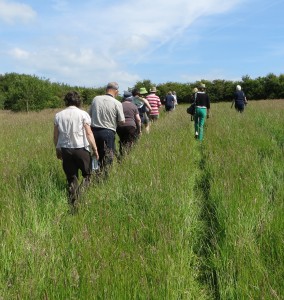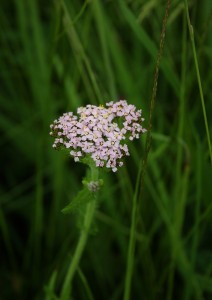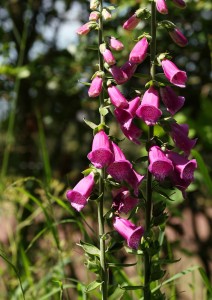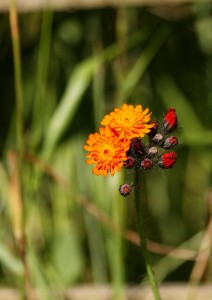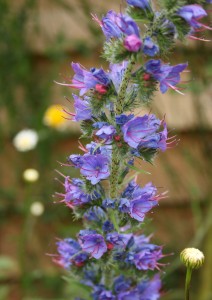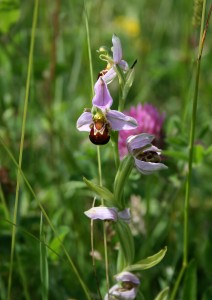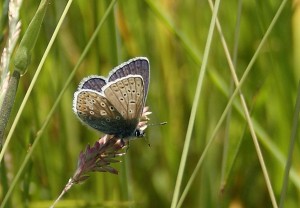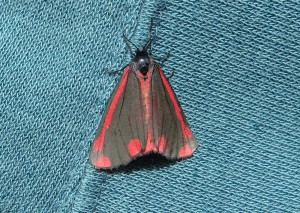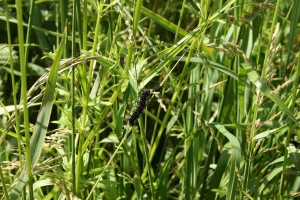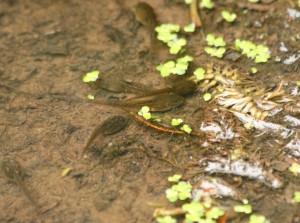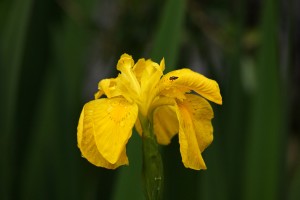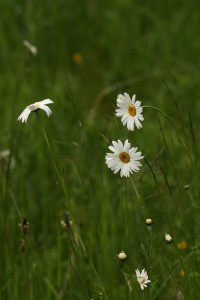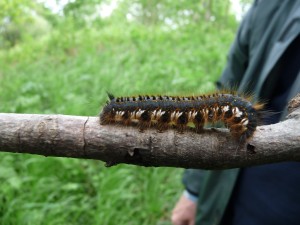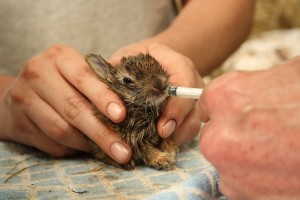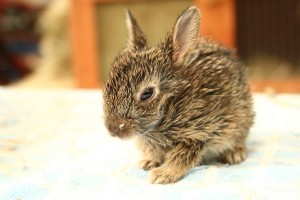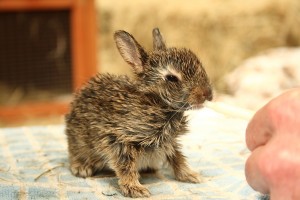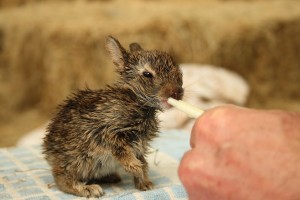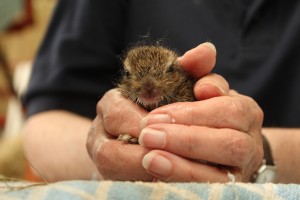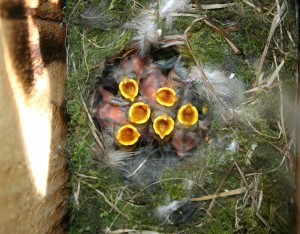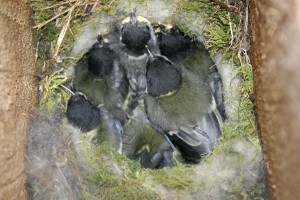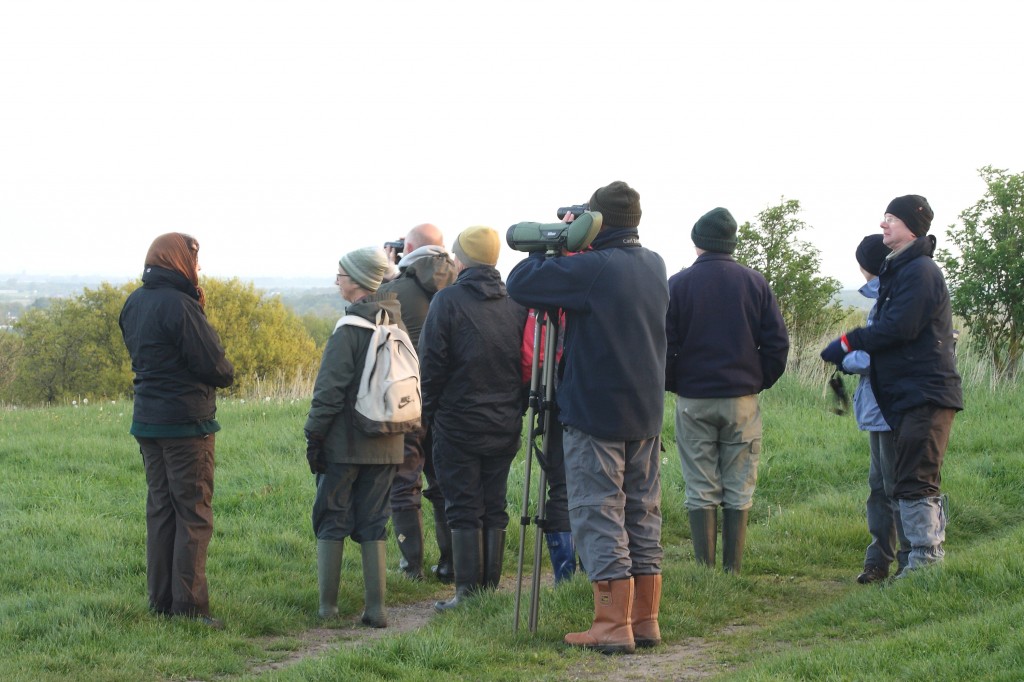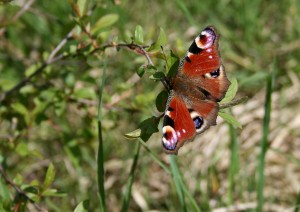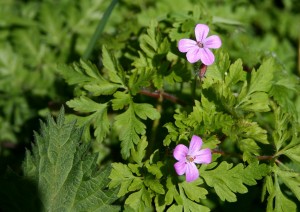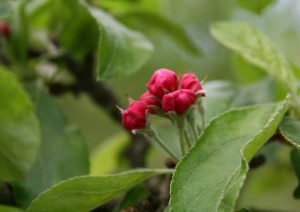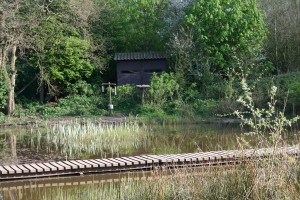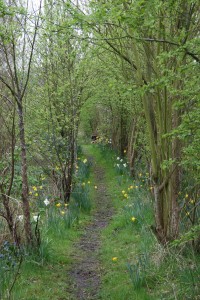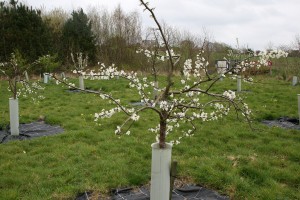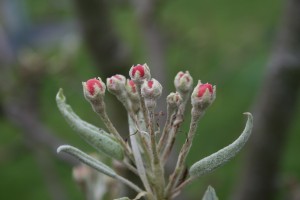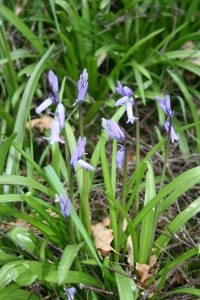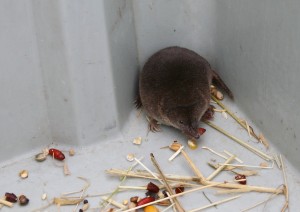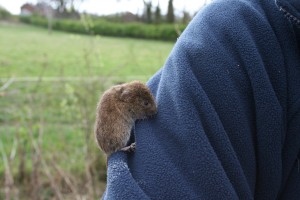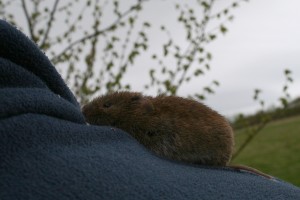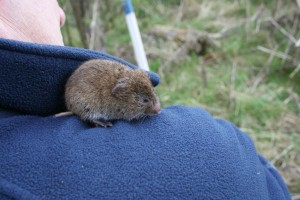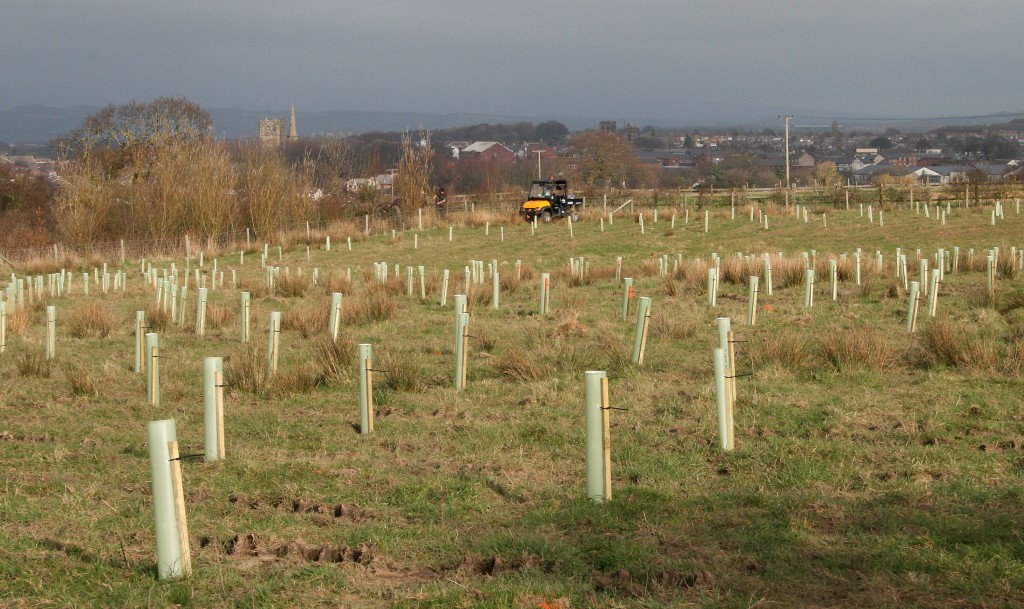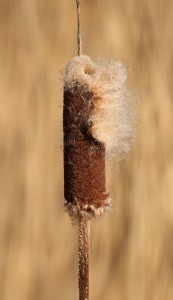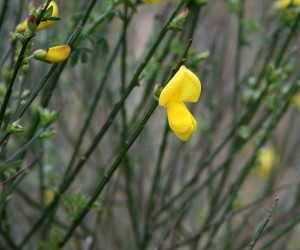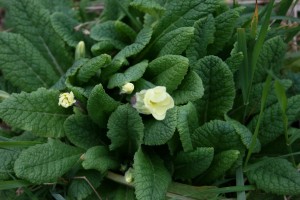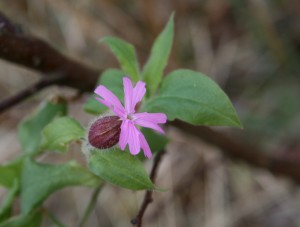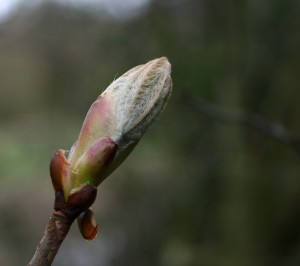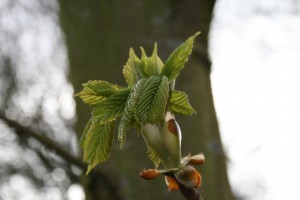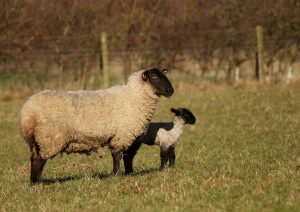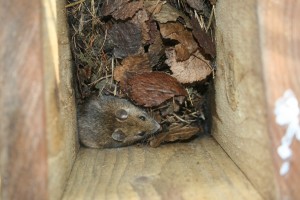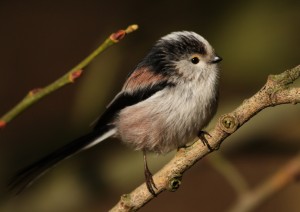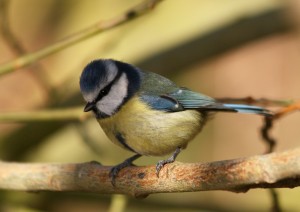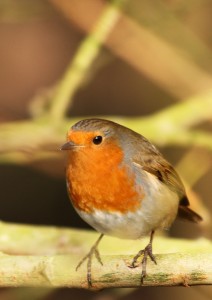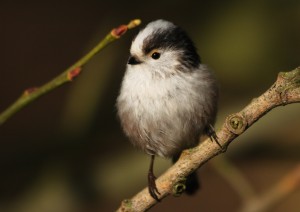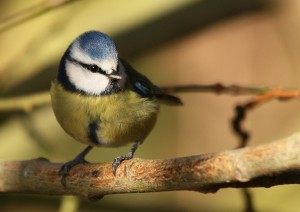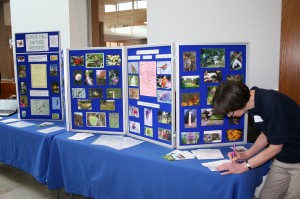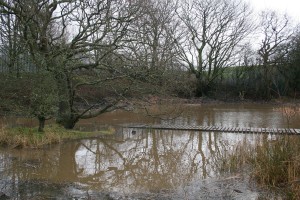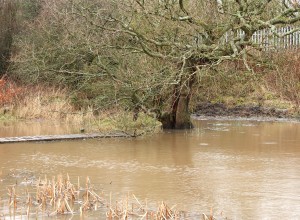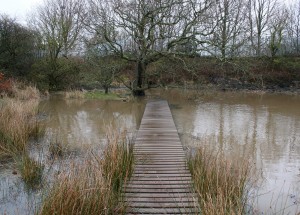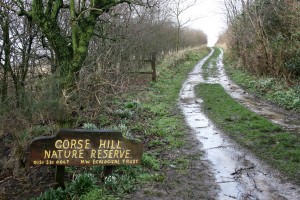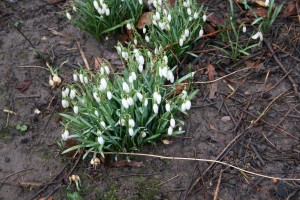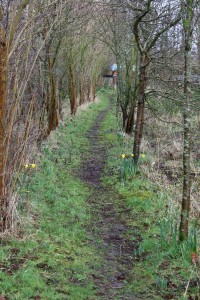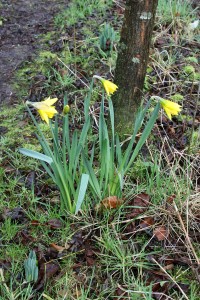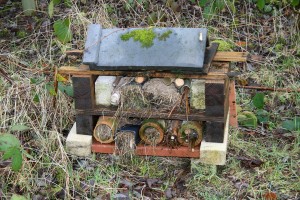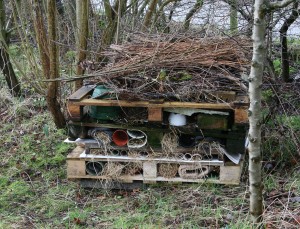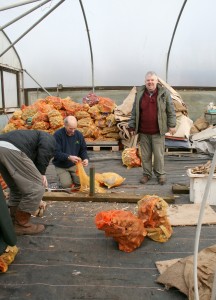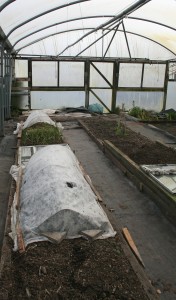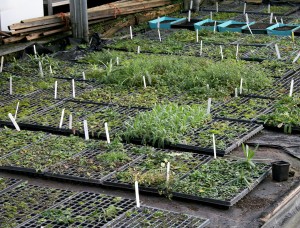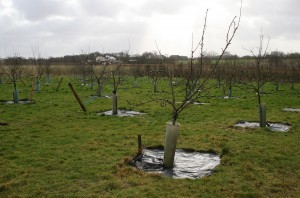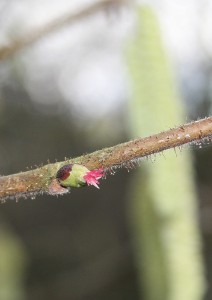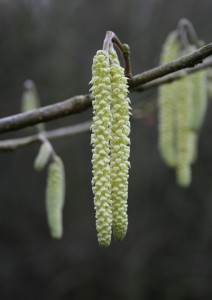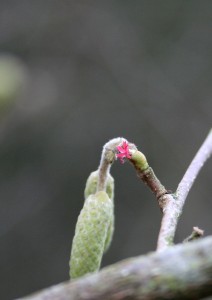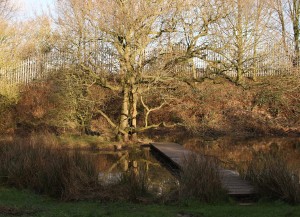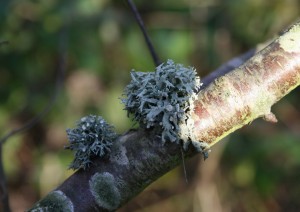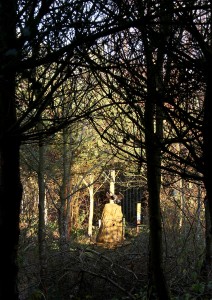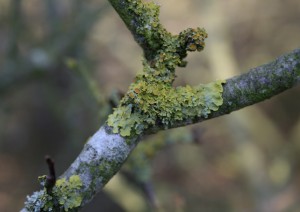New ponds in our meadows. Ponds are wonderful habitats for wildlife and over the years we have developed eight ponds across the Reserve but always dreamt of having a pond in every meadow. Well, thanks to funding from a couple of grants our wish has nearly been fulfilled. We obtained funding for a further six ponds.
The location for each pond was marked out ready for digging. Each pond varied in size but all would be far too large for our volunteers to dig! A local contractor was hired and work began.
The first pond to be dug was located in the 5 Acre Meadow next to our little car park and here is the pictorial story of the work that was involved. As you can see it involved a lot more than just digging a hole!
Once the hole had been dug it needed to be lined. The first layer of lining is the underlay
Next came the pond liner
Once the pond liner was finished it had to be covered by a layer of fleece
The fleece is then covered by soil
Last but not least we need water
One down another five to go!
The new 5 Acre pond is quite small compared to the one being dug in the 12 Acre meadow
Nearly all the ponds have been completed now. It has been hard work but well worth it. We just need to let the ground settle and next year plant up around the edges and wait for the wildlife to move in.
Other snippets from around the Reserve:
Our hawthorn hedges and hollies have been laden with berries this year and we are seeing increasing flocks of Fieldfare and Redwing arriving to enjoy the feast.
Pink-foot geese continue to pass noisily over the Reserve going to and from Martin Mere visiting their feeding grounds in adjacent fields.
We have flocks of sheep grazing at the moment. Sheep are used to manage our meadows over the winter months.
Over the summer we made some new hedgehog boxes – we hope they are being well used and are providing a safe and snug home.
Apple Celebration Weekend 11th & 12th October
On Friday 10th it rained; on Monday 13th it rained; but, the weather over the weekend was glorious; we were so lucky.
Everything was ready – display boards put up and pre-bottled pure pasteurised apple juice and bottles of cider were displayed ready for sale.
The apple juicing demonstration area was all set to go with plenty of sterilised bottles ready for the fresh apple juice.
Betty’s delicious jams and chutneys were ready for sale
As well as freshly dug and picked produce from our ‘Veg Plot’
The doors were open, everything was ready.
The Visitor Information Cabin was transformed into the Cabin Cafe
Our volunteers were ready to serve teas, coffees and home made cakes as well as glasses of apple juice!
At first there was just a trickle of visitors
more people came
Apple tasting soon became popular
and apple pressing got underway
There were four tours of the heritage orchard each day
The tours were led by our Reserve Manager Jonathan
He explained the history of our orchard and visitors could wander freely and seek out their favourite varieties.
There was advice on how to prune the trees and how we maintain the orchard
Back from the tour to seek out the varieties to taste and buy and children brought back apples from the orchard to watch them being turned into juice.
Visitors were free to wander around Cabin Wood and make the most of the wonderful weather.
We welcomed over 500 visitors to our event and raised over £2000 to further the work of Gorse Hill Nature Reserve. We were thrilled with the response to our weekend event and thank all our visitors for their generosity and also say a big thank you to our volunteers who worked so hard to make the weekend a success.
Q Local Ormskirk also covered our event – for its coverage and pictures please visit their website
Berries, seeds and galls star in August 2014.
Last August we featured on this page a gall found on wild roses, in our case on a Dog Rose, called Robin’s
Pincushion. The same rose bush has produced further Pincushions this year but we have also discovered other roses in the same woodland area have produced these galls for the larvae of the tiny gall wasp Diplolepsis rosae as well.
Dog Roses also are favoured by another gall – the Smooth Pea Gall which is caused either by cynipid wasp Diplolepis nervosa or by Diplolepis eglanteriae.
This example was found on a Dog Rose very close to Seldom Pond in Cabin Wood.
Each gall is, in effect, a hollow, fleshy nursery chamber for a small white grub, the larva of theDiplolepis gall wasp, which feeds on the chamber wall. The galls appear to detach from the leaves before leaf fall and will lie in the leaf litter until the grub pupates and emerges as the small adult wasp, only about 4 mm long in the Spring.(Information taken from Naturespot click here)
Birdsfoot Trefoil with its beautiful bright yellow flowers can be seen across the Reserve but its name comes from the shape of the seed heads rather than the shape of the flowers or leaves.
More berries are ripening across the Reserve, Hawthorn berries are showing in red swathes across the hedgerows ready to provide a real treat for our birds. Birds and insects are however in competition for the juicy ripe blackberries, we find them very tasty as well!
Seldom Pond and its vegetation is now returning to normal after our clearance efforts last year to remove the invasive New Zealand Pygmy Weed and the flooding earlier this year.
Wildflower and Butterfly Walk Sunday 22 June. We could not have wished for better weather – warm sunshine and blue skies were perfect for a stroll through the meadows.
Hilary Bedford led the walk helping us to identify the wide variety of wildflowers and grasses we found and answering all our questions.
Overall we identified 40 different wildflowers and 14 grasses. A full list can be found at the end.
Meadowsweet can be found right across the Reserve and visitors to Cabin Wood can see it flowering now by Seldom Pond. Anglo-Saxons knew this as ‘mede-sweet’ and used it to flavour mead. In Tudor times it was used as an air freshener, mixed with the rushes on the floor it sweetened the air.
If you look closely you can see the tiny ‘spur’ at the end of each leaf of the Common Vetch. At the end of summer the flowers develop into seed pods (similar to pea pods).
Each spike of Tufted Vetch can carry as many as 30 little flowers which grow on only one side of the long stalk. We found several large patches of Tufted Vetch in the 5 Acre meadow.
Yorkshire Fog grass gives wonderful colour to may of our meadows turning them into swaying seas of pink.
Goatsbeard is also commonly known as ‘Jack-go-to-bed-at-noon’ because the yellow dandelion flowers only open in the morning and close around midday.
After flowering they develop the characteristic ‘clock’ but much larger than the common dandelion.
Several patches of flowering Meadow Cranesbill can be seen along the public footpath on the Outcrop.
The flower heads of Black Knapweed look very similar to thistle but it is a much more gentle plant – there are no prickles!
Yarrow flowers in dense flat heads, often white but in the 5 Acre meadow pale pink was the predominant colour.
Foxgloves are beautiful but every part of the plant is poisonous. That said, digitalis from its leaves is used to treat heart disease. Foxgloves are usually this vibrant pink/purple but we do have white forms flowering on the Reserve as well.
This Orange Hawkweed is flowering along the entrance track to our car park. Also known as Fox and Cubs – it gets this name because of the way some of the unopened buds hide under the open flowers.
Bees and butterflies are attracted to the sugary nectar of Viper’s Bugloss and we grow some of these plants from seed and have planted them in the small flower bed in front of the Visitor’s Cabin.
One of our special finds on our walk was along side the public footpath on the Outcrop – a beautiful Bee Orchid.
Other highlights of our walk were butterflies and insects, we saw Sawflies, Meadow Browns, Speckled Woods and Large Skippers as well as the lovely Common Blue Butterflies.
A Cinnabar Moth decided that it would pose for a photo and picked out some pale blue knitwear as a background.
It was also caterpillar time and we found some lovely black Peacock Butterfly caterpillars.
We also had time to look up and were rewarded with views of Swifts and a Common Buzzard, a flypast by a male Yellowhammer and could hear the familiar song of Chiffchaffs, Whitethroats and, of course, Woodpigeon!
Everyone enjoyed their stroll and we finished back at the Visitor’s Cabin for tea and cakes. Our thanks go to Hilary for leading our walk.
List of species seen:
Flowers:
Scented Mayweed Corn Spurrey Greater Plantain Ribwort Plantain Heath Bedstraw
Dock Black Medic Common Vetch Red Clover White Clover
Meadow Buttercup Birdsfoot Trefoil Yarrow Black Knapweed Ox-eye Daisy
Common Mouse-ear Tufted Vetch Restharrow Common Catsear Hogweed
Meadow Vetchling Common Sorrell Sheep’s Sorrell Meadow Cranesbill Goatsbeard
Common Spotted Orchid Meadowsweet Bee Orchid Rosebay Willowherb Silverweed
Red Campion Hedge Woundwort Common Cleavers Foxglove Herb Robert
Nipplewort Viper’s Bugloss Forget-me-not Orange Hawkweed
Wood Avens (Herb Bennet)
Grasses:
Yorkshire Fog Ryegrass Timothy Common Bent
Sweet Vernal Grass Quaking Grass Lesser Pond Sedge Soft Brome
Cocksfoot Crested Dog’s Tail Tufted Hair Grass Red Fescue
Soft Rush Mat Grass
Tadpoles and insects seeking a photo opportunity.
These tadpoles were taking advantage of a sunny spot in the shallows of one of the ponds.
This Yellow Flag Iris attracted an insect determined to get into the photo
If you look closely at the top Ox-Eye Daisy on the right of the photo you can just see an insect peeping over the top of the petals
You never know what you will find. Whilst doing our small mammal survey on 10 May we came across a rather large caterpillar and Liz took this wonderful photograph.
This is the caterpillar of The Drinker moth (Euthrix potatoria). The species gets its name from the habits of the caterpillar which is supposed to have a liking for drops of dew.
Baby Rabbits and Baby Birds – 17 May 2014.
We found and rescued six orphaned baby rabbits, too young to fend for themselves and, over the last week, Matthew and Jonathan have been feeding them by hand. So far so good – they are taking the high fat cream through a small pipette.
Five of the tiny rabbits need to be held to feed
But one rabbit is clearly more independent, standing alone
Feeding alone
and even posing for the camera
Of course, sometimes not all the cream goes where it should!
The nest box survey is now well under way, some young have already fledged
some are very new into the world
and some have been here a little longer.
Dawn Chorus Event on 3rd May was enjoyed by a small band of early risers. We set off in the darkness at 4 a.m. faintly hearing the first bird song of the morning which gradually increased as more and more species woke and started to proclaim their territory and attract a mate. Blackbirds were the first to be heard very quickly followed by Robins, Pheasant and a Wren. As we walked around the Reserve it became lighter and lighter, but it was bitterly cold and we needed to be well wrapped up.
Here is a list of the 41 species we heard and saw in the order that we encountered them:
Blackbird, Robin, Pheasant, Wren, Reed Bunting, Blackcap, Song Thrush, Wood Pigeon, Red-legged Partridge, Whitethroat, Chiffchaff, Blue Tit, Chaffinch, Great Tit, Lesser Black-backed Gull, Buzzard, Sparrowhawk, Yellowhammer, Tawny Owl, Skylark, Carrion Crow, Greenfinch, Great Spotted Woodpecker (pair), Willow Warbler, Lesser Whitethroat, Linnet, Magpie, Jackdaw, Collared Dove, Starlings, Corn Bunting, Grey Partridge, Swallow, House Martin, Jay, Mallard, Moorhen, Tree Sparrows, Coal Tit, Dunnock and Long-tailed Tit.
We would like to thank everyone who took part, especially Graham Clarkson for leading the walk and to Jonathan for providing and cooking a very welcome breakfast!
Speckled Wood Butterfly 19 April 2014. Whitethroat have arrived on the Reserve; seen and heard on the public footpath on the Outcrop and the first Speckled Wood Butterfly was also seen.
Easter Saturday was a bright sunny day and Peacock Butterflies could be seen across the Reserve.
We also saw our first flowering Hawthorn and alongside several public footpaths Herb Robert was in full flower.
Crab Apple trees in Cabin Wood are showing signs of bursting into blossom and, in some parts of the Reserve, you can still see the remains of dried fruits on branches together with new blossom buds.
The fine weather attracted several visitors to the Reserve and surrounding public footpaths and late afternoon visitors enjoyed the sunshine and tranquillity of Seldom Pond
Early April and Spring is in full swing, plus a very friendly Bank Vole!
Daffodil Walk is a path leading down to our Heritage Orchard and always looks lovely in Spring thanks to some kind volunteers who, over several years, donated and planted daffodil bulbs.
The Orchard is also bursting into life with pear trees in full blossom and some apple trees showing first signs of flower buds.
Native English bluebells can be found on the Reserve and we have enhanced the numbers by growing hundreds more from seed; a very long process but worth it.
A beautiful Brimstone butterfly has been added to our sightings record and other season ‘firsts’ are Willow Warblers and Blackcaps. Red Campion is in flower and flower buds have formed on the Horse Chestnut on the public footpath leading to the Outcrop and flower buds are also appearing on some Hawthorns.
April sees the first of our small mammal surveys and is a trial run for our main 6 month survey starting in May. We use humane Longworth mammal traps, fill them with warm hay bedding and provide food for this overnight accommodation. Opening the trap to see what we have caught is always an exciting moment and we were not disappointed. Out of the 35 traps set we caught 18 small mammals; 4 Bank Voles, 4 Field Voles, 4 Wood Mice and 6 Common Shrews (we do hold a licence for this). We were particularly pleased with the Common Shrew count, it was higher than our total caught during the whole of the 2013 main survey!
Common Shrews can deliver quite a nasty nip so we do not handle them. This one was initially very lively but soon settled down and was quite content to nibble some of the food from the trap whilst we watched. If you look closely you can see it had previously been injured; it has a mark around its head and one of its legs did not function properly but this did not seem to hinder it in any way.
The star attraction was however a Bank Vole. It initially made a break for freedom but then decided that Mark’s shoulder was a good place to settle down and watch the world go by!
A new woodland is born and exciting Spring wildlife sightings.
The last Saturday in March was a great day weather wise and a great day for seeing wildlife out and about on the bird feeding round across the Reserve. Many of our ponds have frog spawn and we saw our first tadpoles. In this particular pond they hatched just in time as the water level was beginning to recede. In Bluebell Wood, whilst looking at frog spawn in another pond we did not see any tadpoles but we did see three newts, unfortunately we could not see whether they were Smooth, Palmate or our famous Great Crested newts.
Butterflies were out and about as well and sightings included Small Tortoiseshell, Comma and Peacock. Chiffchaffs were singing across the Reserve as were Yellowhammers and fortunately both species were seen as well as heard. Small groups of Linnets were regularly seen and a beautiful male Bullfinch made an appearance. In North Wood a Tawny Owl flew past closely followed by a female Sparrowhawk. All in all a good day.
Gorsey Croft is probably the highest of our fields and one of the most exposed. Poor for meadowland and hay making so we have often thought about converting it into a woodland with grassy rides and a pond. Our opportunity came with help from The Conservation Volunteers (TCV) who obtained funding and provided trees (whips), stakes and tree guards. They also joined our volunteers on 12 March and planted 751 trees! All were staked and guarded. A magnificent effort by all concerned.
As you can see the volunteers were rewarded with great views over Ormskirk and the surrounding countryside from this high vantage point.
The following tree species were planted:
Rowan, Downy Birch, Hazel, Wild Cherry, Guelder Rose, Alder, Goat Willow, White Willow and Pedunculate Oak.
We have not yet finished this development as we will be planting some elderberry and excavating a pond.
Old and new plus a nest box surprise. Early and mid March sees seeds still being set and combines this with the excitement of new buds, leaves, flowers and new life.
Reed Mace head bursting open with seeds to scatter in the wind and provide food for birds.
Broom coming into flower always adds a wonderful splash of yellow to brighten the day.
Primroses are coming into flower.
First signs of Red Campion.
Horse Chestnut is still in bud in Cabin Wood
but in leaf on the Outcrop footpath.
Our meadows over the autumn and winter months are managed by grazing sheep, some rare breed sheep and some ‘commercial’ sheep. Here is one of the ‘commercial’ mothers with her young lamb. A sure sign of Spring!
As the weather has been so mild and there have been signs of birds gathering nesting material, the time had come for a first look inside some of our nest boxes sited across the Reserve. A couple of boxes had partially completed nests but one box contained a surprise – a Wood Mouse had made itself quite at home. We left it undisturbed!
Close encounters at the feeding station on 22 February. Here are some photographs of birds that arrived at one of our feeding stations as we were still filling up the feeders!
On 27 February Edge Hill University ran an event advertising jobs and volunteering opportunities for their students and we were invited to attend.
We were still setting up our stand when the first students arrived to chat to us and quite a number of students visited our stand throughout the 4 hours we were there.
We enjoyed meeting and talking to the students and look forward to seeing some of them come and visit the Reserve and hopefully volunteer.
We would also like to thank Edge Hill University for giving us the opportunity to attend their event and for the help they provided in ensuring we could find the venue and transport our display materials to and from the car park. All their stewards/porters were extremely helpful and cheerful.
Wet, wet and wet! February continues to be wet and Seldom Pond is always a good indicator of just how saturated the land has become. Compare the following pictures with that shown in our January entry (Welcome break from the rain) below
Even the public footpaths have turned into streams in places.
On a brighter note the little copse by our car park is full of wonderful snowdrops and the first daffodils are in flower in Daffodil Walk leading down to the orchard
Daffodil Walk also boasts its own Bug Hotels, again demonstrating you can use whatever is to hand and showing they can come in small and large sizes to suit any available space.
Work does not stop just because it is raining. There is usually work to do in the Polytunnel, even if it is just cutting and bagging kindling.
In fact, our Polytunnel now contains some new raised beds and the wildflower seeds we planted last year have germinated and the seedlings are looking healthy.
We were taking no chances in the orchard with the recent strong winds, large stakes ensure the trees stay upright
Good news – a Willow Tit was heard yesterday 19th February, a note has been added to our bird sub page
Hazel flowers in January! Unopened hazel catkins have been on most of our hazel trees for some weeks now but on Saturday 18th several trees not only had fully opened catkins but also had the small red female flowers.
Hazel has both male and female flowers on the same tree – although flowers must be pollinated from a different hazel tree.
The male yellow catkins appear before the leaves, usually around mid February so these are early. Female flowers are tiny and once pollinated develop oval fruits maturing into nuts, loved by jays, woodpeckers and some small mammals.
Welcome break from the rain. We have been lucky compared to some parts of the country and have avoided flooding but the heavy rain has started to fill up Seldom Pond and the water level has risen to just below the board-walk.
However the welcome break in the rain on Saturday 11th January allowed the sun to shine through highlighting views through the bare trees and highlighting the strange and colourful lichen on the branches.
